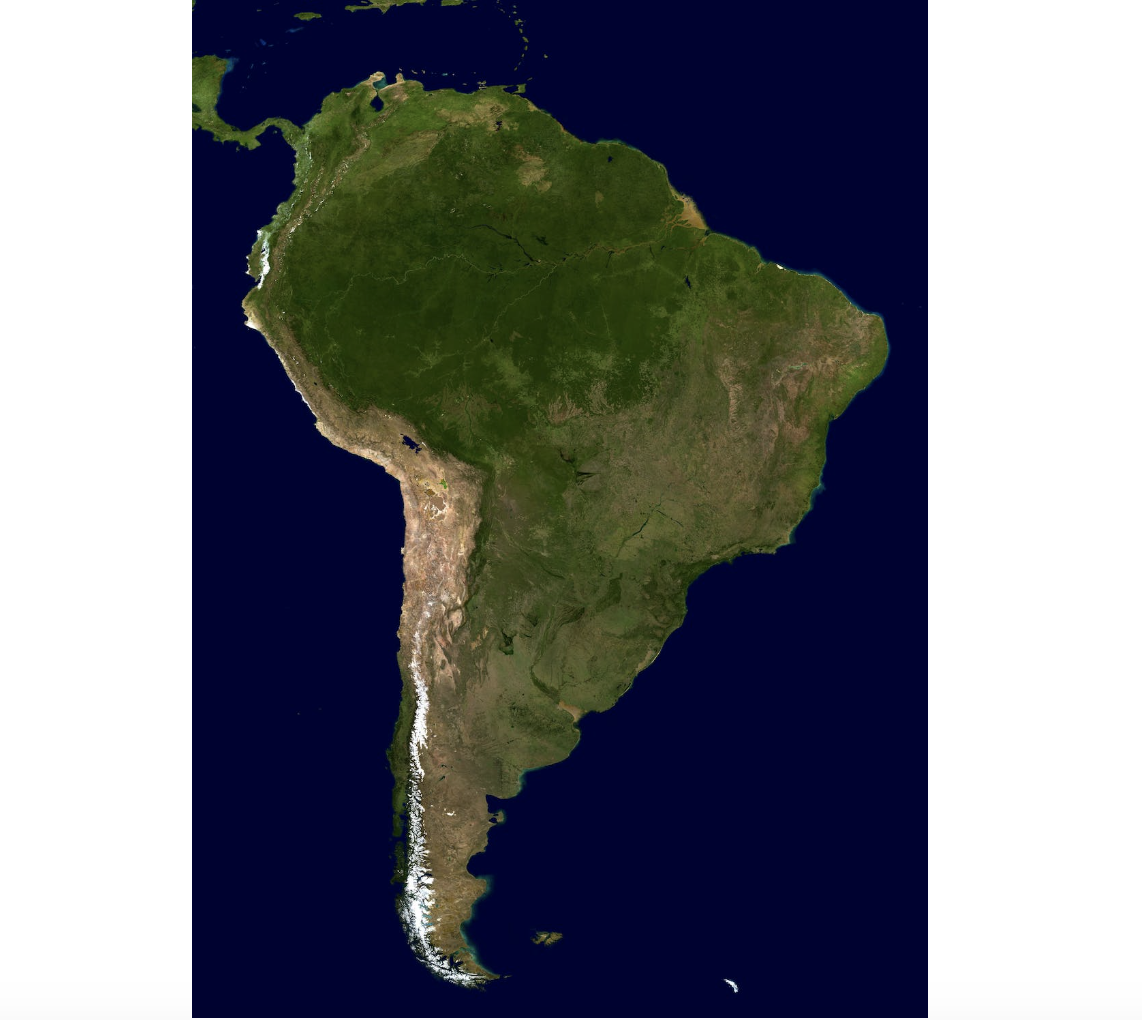The number of individual investors in Credit Rights Investment Funds (FIDC) has skyrocketed in the past year, making this class of investors the primary category in the investment sector, according to a report published by Anbima (Brazilian Association of Financial and Capital Market Entities).
According to available data, in May (the most recent month available), the number of individual investors reached 37,830, a figure 70% higher compared to the previous year. In second place are investment funds, with 28,968 managers.
According to Sergio Cutolo, Director of Anbima, CVM Resolution 175 was largely responsible for the change. “Our expectation is that the adaptation of the stock of FIDCs to the new standards, which will take place in November of this year, will pave the way for even greater growth than what has been recorded so far,” he says.
Liquidity and Transparency
The liquidity of FIDC assets, especially open-end funds, is a crucial issue for this asset class. The obligation to provide detailed liquidity information to the regulator (CVM) revealed that many managers still face challenges. In May 2024, 88 funds did not submit the required information, and of the 404 that did, 76 were discarded due to filling errors.
However, FIDC liquidity has increased, and longer terms are being offered to investors. The data shows that 71.56% of the assets of these funds have liquidity of more than 360 days, an improvement compared to the beginning of the year, but still lower than the levels in 2021 and 2022.
The presence of open-end financial funds investing in closed-end FIDCs represents a liquidity risk, especially due to the difficulties in handling shareholder redemptions. In May 2024, there were 1,656 open-end FIFs with shares in closed-end FIDCs, a significant increase from the 1,189 in January 2023. Despite this, most FIFs maintain relatively low exposure to FIDCs, which helps mitigate risks.




